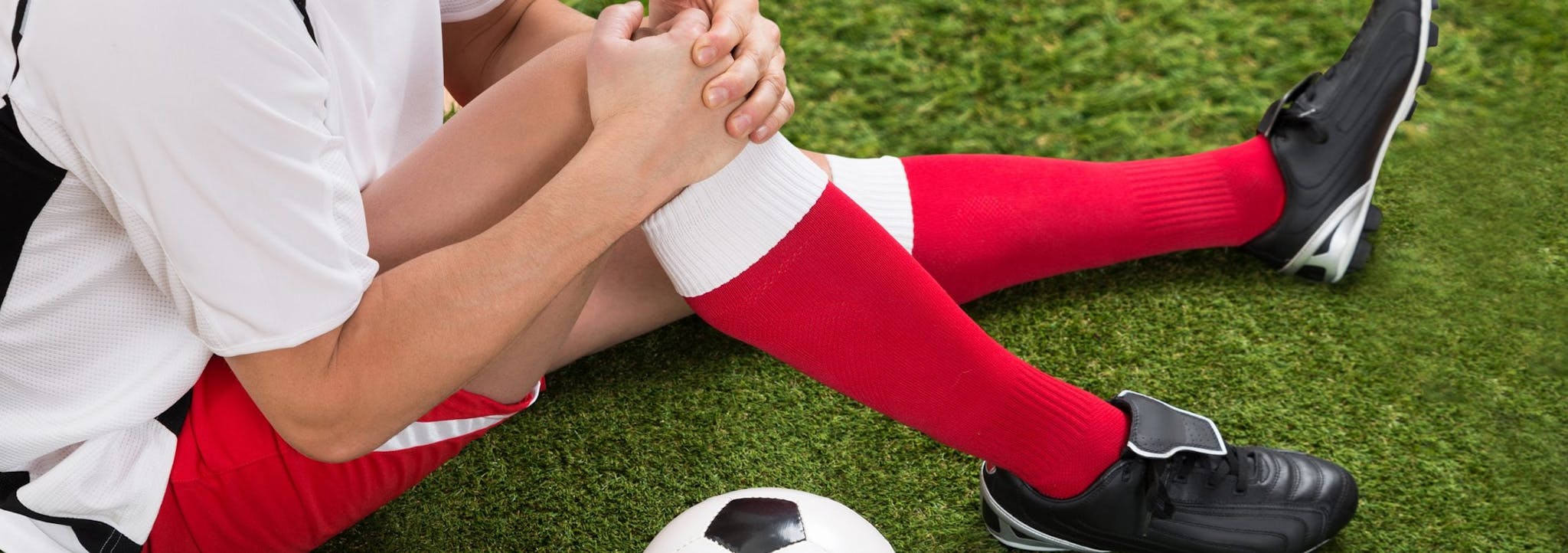
2025-06-10T13:54:10
Understanding Skin Grafts
- Dermatology
- Family Medicine
- Internal Medicine
- Orthopedics
February 14, 2018 | Orthopedics
Specialties:Orthopedics

As some of the most common injuries in the United States every year, repetitive motion injuries are of concern to athletes and many other individuals. These injuries, caused by performing the same movements over and over, account for over half of all athlete-related injuries that are seen by a doctor. Fortunately, a basic understanding of how these injuries develop and the steps to take to prevent them can help you avoid a repetitive motion injury.
Common Repetitive Injuries and Symptoms
There are two extremely common repetitive motion injuries: tendinitis and bursitis.
Tendinitis refers to the inflammation of a tendon, which is a tissue that connects muscle to bone in many areas of the body and allows for movement. Tendons are strong enough to support the weight of the muscle they’re attached to.
Tendinitis is slightly more common in males and generally occurs in locations where the tendon inserts into the bone—like the shoulder, biceps and elbow. Symptoms and of tendinitis include pain made worse by active motion of the affected tendon and redness or warmth in the skin above the affected tendon. Common types of tendinitis include:
Bursitis is another form of inflammation on a bursa, or sac, that’s meant to cushion the space between tendons and bones. There are over 150 bursae in the body, most of which are already grown at birth. There are a few different types of bursitis—traumatic bursitis, which is mostly seen in people under 35 years old, is the type most commonly seen in repetitive motion injuries.
Bursitis frequently develops in the elbow, knee and hip, with symptoms including pain, range of motion issues, tenderness, redness, swelling and a sensation called crepitus (a “crunchy” feeling when the joint is being moved).
These kinds of repetitive injuries are due to small tears found in the affected tissues. Usually, the body repairs these tears while the tendons rest. But in some cases, the body isn’t given the time to properly repair. There are a few possible reasons for this:
Preventing both tendinitis and bursitis is about allowing the body proper healing time and taking the preventive steps to assist it in this regard. A few areas to consider include:
Your doctor can offer further advice and pre-participation exams to help you avoid common repetitive stress injuries.
I treat people of all ages in my practice—kids, athletes, adults and retirees––and enjoy being able to understand people’s unique situations in order to help them recover.
Sources:
“CT scan (How you prepare).” The Mayo Clinic. http://www.mayoclinic.org/tests-procedures/ct-scan/basics/how-you-prepare/prc-20014610
“Positron emission tomography scan (How you prepare).” The Mayo Clinic. http://www.mayoclinic.org/tests-procedures/pet-scan/details/how-you-prepare/ppc-20319717
“MRI (How you prepare).” The Mayo Clinic. http://www.mayoclinic.org/tests-procedures/mri/details/how-you-prepare/ppc-20235719

WRITTEN BY:
The Live Better Team

2025-06-10T13:54:10

2024-06-21T14:29:51

2024-02-06T11:40:13

2023-03-30T11:23:12
This information is not intended to replace the advice of a medical professional. You should always consult your doctor before making decisions about your health.